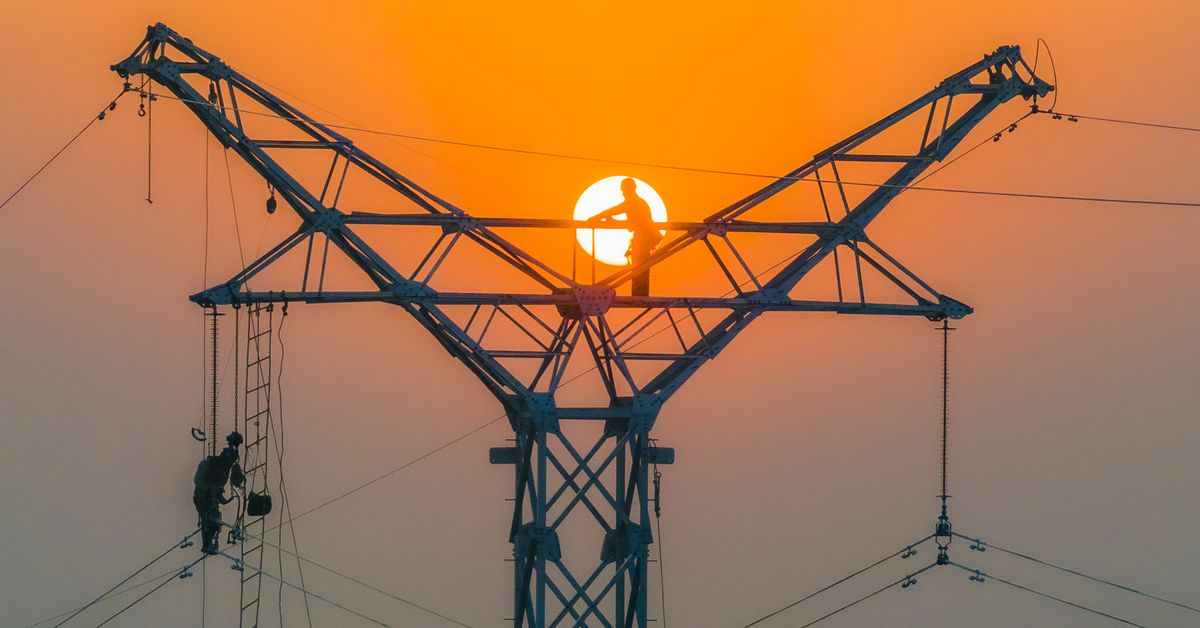- cross-posted to:
- world@lemmy.world
- cross-posted to:
- world@lemmy.world
Quite frankly, you might consider whether the idea of “the grid” is even a good idea in todays world. Perhaps smaller, more independent, resilient grids that power a single city or single neighborhoods in a city are what is needed so that if one major grid outage happens, it doesn’t knock absolutely everybody off at once. The people who do grid tie solar that when the grid goes out kills their solar as well are crazy. They could put in a transfer switch that senses loss of the grid and stops transmitting the power back upstream and use it themselves.
The bigger the grid the more resilient it is because it can cope with localised issues better.
You only need the transfer switch (expensive!) On your solar installation if you actually get power cuts.
But everybody gets power cuts, whether it’s from a disaster such as a hurricane, or just a drunk ramming into a pole, people lose power all the time, and it’s worth having something of your own that will continue to work. Take Puerto Rico and Hurricane Maria, for example. Most of the power generation was done on, I believe, the south side of the island, and they had one single high tension line running to the north side. And so when that line snapped, everybody on half the island lost power at the same time. Now I know that their power grid was very underfunded and barely staying afloat anyway, but that’s still not a good thing.
I think I have only had 1 power cut longer than 5 mins in the last 15 years (SE England), it’s not a big problem here. (Bigger issue in Scotland/Wales/Cornwall as they get bigger storms)
The grid already allows some areas to be cut off and others continue when there is a problem or lack of generation (see ZA load shedding for an extreme example).
I think what you are asking for is for the generation to be spread out so that everywhere is almost self sufficient, but can rely on others when they are not?
It’s a nice idea, but I don’t think it’s feasible as the economies of scale make big power plants/big offshore farms more efficient. Generation will almost always be concentrated into a small number of locations. It’s also much harder to balance load/demand on a smaller grid - if your street was a grid and had to operate off grid off rooftop solar for example how would it cope when everyone turns on the oven for dinner?
Yeah, that’s exactly what I mean is more decentralized generation as you mentioned. Here, our power is not often interrupted, but when it is, it can be for hours at a time or longer depending on how strong the hurricane or whatever that knocked it out was.
I don’t think the solution to that problem though is having multiple, smaller, unconnected grids.
I think it’s to just have a more resilient grid system that doesn’t have any areas that are a single point of a failure
Many smaller, unconnected grids would also allow more resilience against something like solar flares as there aren’t nearly as long of wires to build up a charge over and fry things.
This is quite literally the opposite of what we need. Not only do we need more interconnection capacity to be able to locate renewables where they will be most effective but interconnection capacity is going to be crucial with the increased frequency of severe weather events as other grid regions will be able to support others under stress.
MYOP (Make Your Own Power) everyone should be able to generate enough power on their own to cover the buildings needs. If the max a house uses per day at worst is 30kw that house should produce 30kw to use.
No way a house 30kW at any point
Tell that to my power bill to keep the house 80 during summer…
Ask Texas how that’s goin.
Agreed. More rooftop solar, community solar and batteries will help a lot.
This is the best summary I could come up with:
Without that overhaul, countries risk missing their climate goals and worsening climate-related disasters like storms and fires that are already walloping power grids.
Today’s aging grids are often teetering on the edge of power shortages, something that could become an even bigger problem as homes, buildings, and transportation go all-electric.
“We are heading fast towards an electric future, and grids are the weakest link,” Dave Jones, global insights lead at energy think tank Ember, said in an emailed statement.
It’s all part of countries’ combined efforts to limit global warming to the Paris agreement target of roughly 1.5 degrees Celsius above preindustrial levels, a goal the World Health Organization says could prevent millions of climate change-related deaths.
“The recent clean energy progress we have seen in many countries is unprecedented and cause for optimism, but it could be put in jeopardy if governments and businesses do not come together to ensure the world’s electricity grids are ready for the new global energy economy that is rapidly emerging,” IEA executive director Fatih Birol said in a press release.
If a lack of investment in grids leads to slower deployment of renewables, the IEA report says, then carbon dioxide emissions increase by 60 billion metric tons between 2030 and 2050.
The original article contains 528 words, the summary contains 208 words. Saved 61%. I’m a bot and I’m open source!



